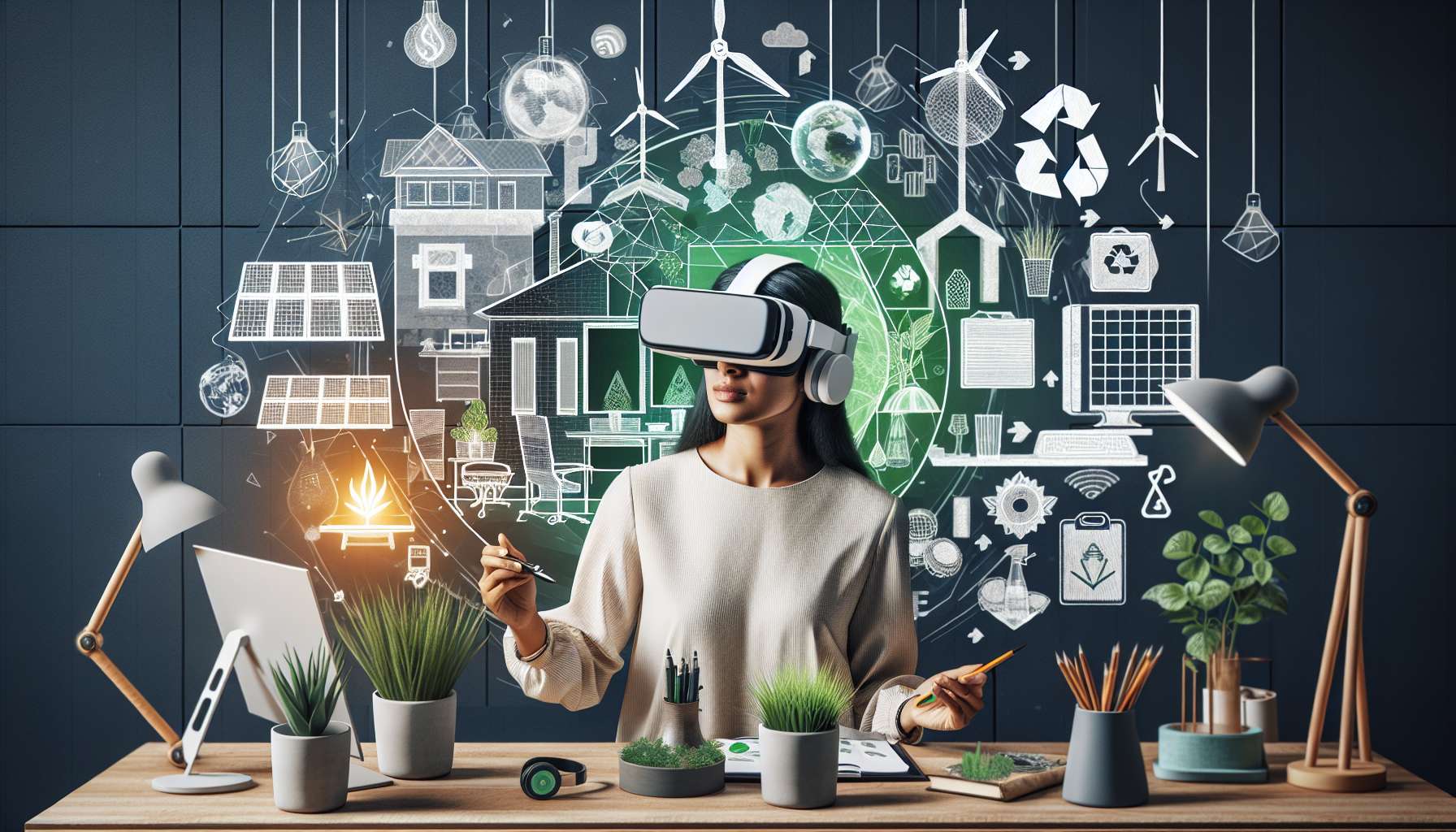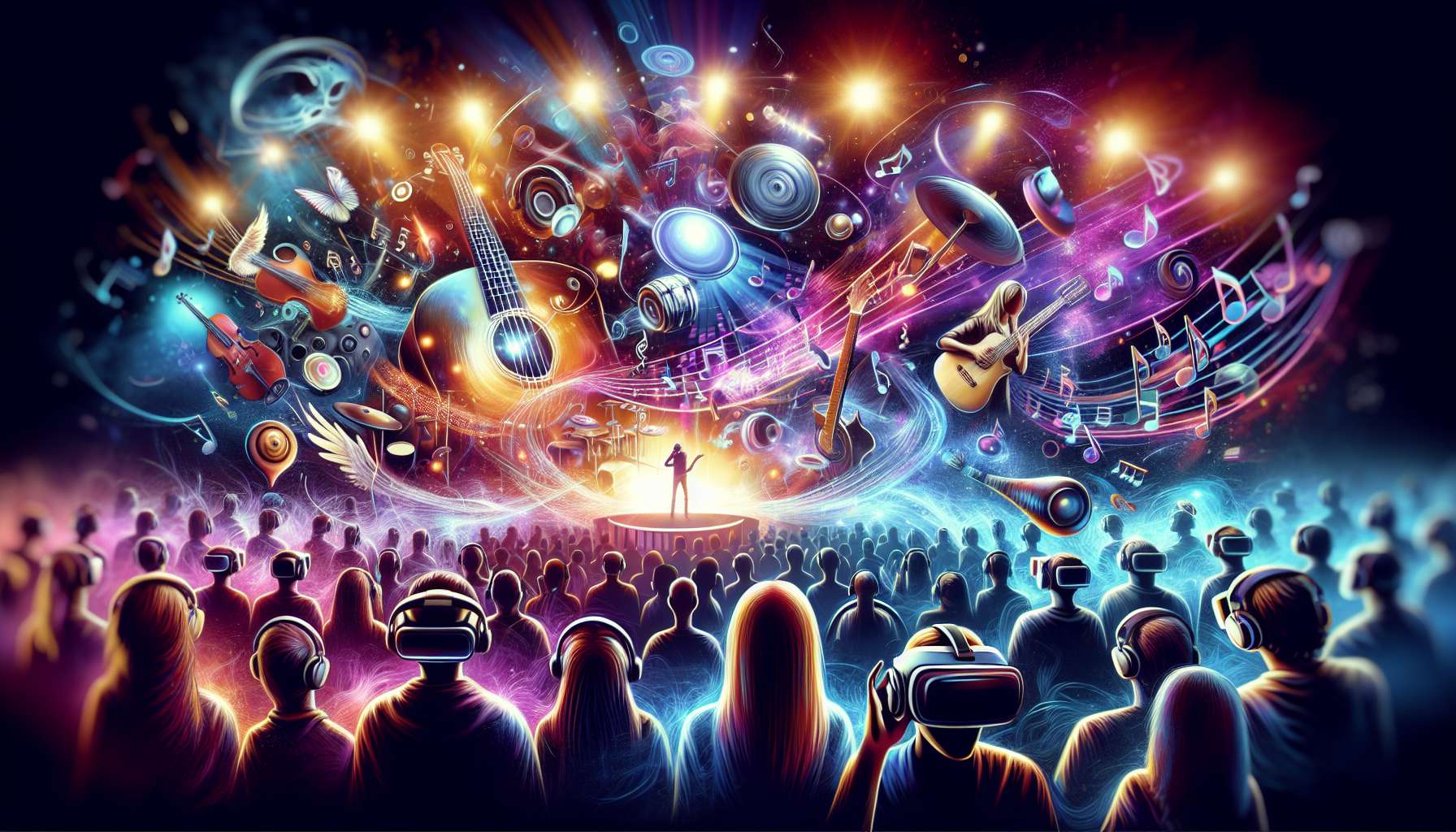The Role of VR in Designing Sustainable Spaces
Virtual Reality (VR) technology has been making significant strides in various industries, and one area where its impact is particularly noteworthy is in designing sustainable spaces. The ability of VR to create immersive, interactive environments has revolutionized the way architects, urban planners, and designers approach the concept of sustainability.
- Visualization of Concepts: VR allows designers to visualize their concepts in a realistic and immersive way. This enables them to explore different design options and assess their environmental impact before any physical construction takes place. By experiencing the space virtually, designers can make informed decisions that contribute to creating sustainable environments.
- Efficient Collaboration: VR facilitates collaboration among stakeholders involved in the design process. Designers, clients, and environmental experts can come together in a virtual environment to discuss ideas, provide feedback, and make decisions collectively. This streamlined communication process helps in ensuring that sustainability goals are integrated into the design from the outset.
- Performance Analysis: VR technology can simulate various environmental conditions, such as sunlight exposure, airflow, and energy consumption, to analyze the performance of a building or space. Designers can identify potential areas for improvement and optimize the design to enhance energy efficiency and reduce environmental impact.
- User Experience Testing: Sustainable design is not just about environmental considerations but also about creating spaces that are comfortable and functional for users. VR enables designers to test the user experience by simulating how people interact with the space. This feedback loop helps in refining the design to meet the needs of the occupants while maintaining sustainability principles.
- Educational Tool: VR can also serve as an educational tool to raise awareness about sustainable design practices. By allowing users to experience sustainable spaces firsthand, VR can inspire a deeper appreciation for environmentally conscious design and encourage more sustainable choices in the built environment.
In conclusion, VR technology is playing a crucial role in designing sustainable spaces by enabling visualization of concepts, facilitating collaboration, analyzing performance, testing user experience, and serving as an educational tool. As the demand for sustainable design continues to grow, VR offers a powerful tool for creating environmentally friendly and socially responsible spaces that meet the needs of today without compromising the needs of future generations.








